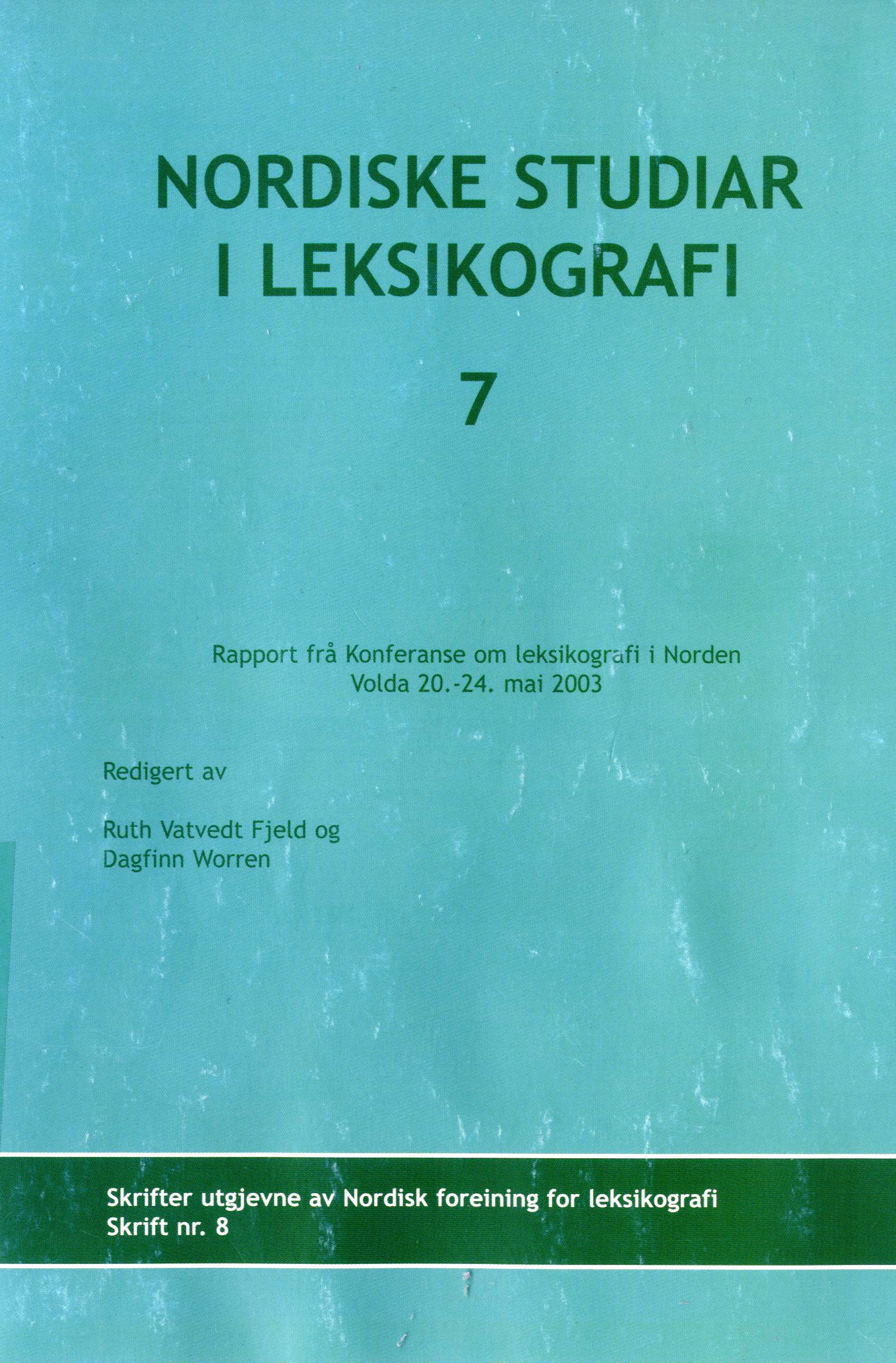Nord-Lexin
Abstract
The original LEXIN-series, whieh eonsists ofbilingual dictionarics between Swedish and various minority
languages, was produced to meet the needs of immigrants in Sweden. In the I 990s, Swedish authorities
ofTered their neighbouring eountries to use the material as a basis for the devclopment of
similiar dietionaries for other Nordie languagcs. The idea was that by replaeing the Swedish entry
words, examplcs, idioms, etc., by equivalcnts in another language, an extensive use eould be made of
the translations, already done between Swedish and various target languages, by linking them semiautomatieally
to a new souree language. Pilot projeets were launched in Norway, Denmark and
lccland. Consequently thc complete dietionary base was adapted to Norwegian, and the projeet has
already resulted in several on-line LEXIN-dietionarics in Norway. Work on thc lcclandie project was
taken up in 200 I, in eollaboration with the Norwegian projeet group. As both projeets use the same
database, an interesting by-produet has emerged, i.e. a trilingual eorpus of Nordie equivalents:
Swedish- Norwegian- leelandic.
In the paper, the authors diseuss thc experienecs from thc lcelandie and Norwegian LEXIN-projeets
of transfcrring a dietionary base from one souree language to another. Furthermore, a semi-automatie
linking proeedure betwecn Norwegian, as a newly cstablished souree language, and English, as
a target language, already on hand in the Swedish base, is diseussed and eompared to a manual translation
to Tamil, a new target language in the Norwegian LEXIN. Finally, there are some speeulations
about thc possibilities presented by the tripartite database, e.g. with rcspeet to thc further dcvelopment
of the material to serve new nceds and new functions.
Downloads
Published
How to Cite
Issue
Section
License
Nordisk Forening for Leksikografi/NSL og forfatterne.





